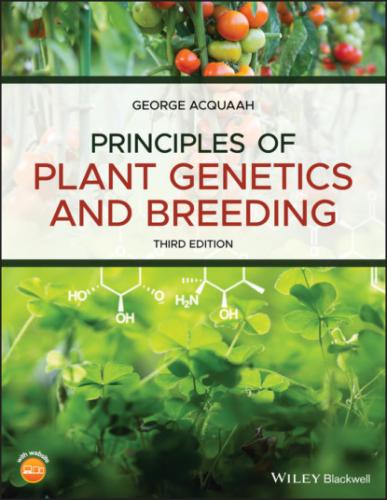10
Section 5: Breeding objectives
11 Yield andmorphological traits
11.1 Physiological traits
11.2 What is yield?
11.3 Biological versus economic yield
11.4 The ideotype concept
11.5 Improving the efficiency of dry matter partitioning
11.6 Harvest index as a selection criterion for yield
11.7 Selecting for yield per se
11.8 Biological pathway to economic yield
11.9 The concept of yield potential
11.10 The concept of yield plateau
11.11 Yield stability
11.12 Lodging resistance
11.13 Shattering resistance
11.14 Reduced plant height
11.15 Breeding determinacy
11.16 Photoperiod response
11.17 Early maturity
Key references and suggested reading
Outcomes assessment
12 Quality traits
12.1 Concept of quality
12.2 Nutritional quality of food crops
12.3 Brief history of breeding for improved nutritional quality of crops
12.4 Breeding for improved protein content
12.5 Improving protein content by genetic engineering
12.6 Breeding improved oil quality
12.7 Breeding low phytate cultivar
12.8 Breeding end‐use quality
12.9 Breeding seedlessness
12.10 Breeding for industrial uses
12.11 Breeding plants for novel traits
12.12 Breeding for enhanced bioavailable micronutrients
Key references and suggested reading
Internet resources
Outcomes assessment
13 Environmental stress factors and plant breeding
13.1 Environmental stress factors in crop production
13.2 Climate change and plant breeding
13.3 Crop production environment and stress
13.4 Abiotic environmental stress factors
13.5 Biotic environmental stress factors
13.6 Effects of combined stresses
13.7 Impact of environmental stress factors in crop production
Key references and suggested reading
Outcomes assessment
14
| Автор: | George Acquaah |
| Издательство: | John Wiley & Sons Limited |
| Серия: | |
| Жанр произведения: | Биология |
| Год издания: | 0 |
| isbn: | 9781119626695 |
